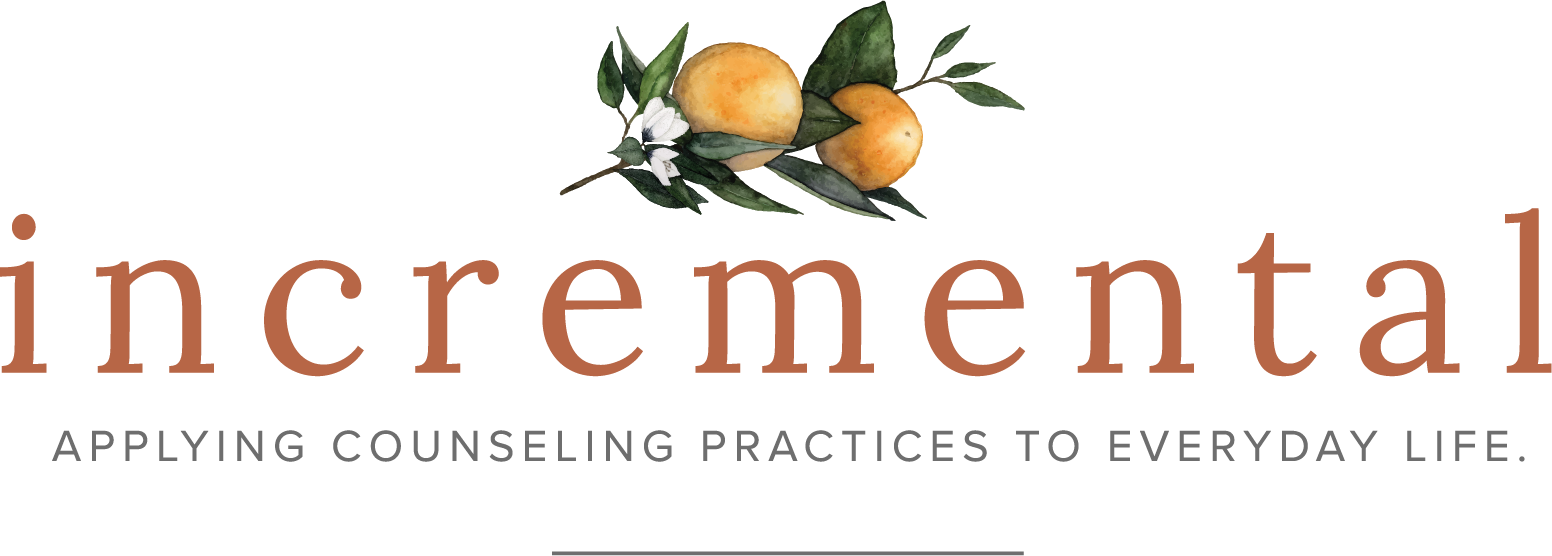A Lesson in Validation
Last December, my husband and I went to New York for the Holidays. I was back in my birth town visiting my new cousin and hanging out with my family. At the end of the evening, we hopped on the subway and made the trip from Brooklyn to Queens--about 40 minutes of shaking and jerking around.
Right behind us was a pair of besties for the resties. They were chatting about a situation in which one of the girls (Lady A) was confiding with her friend (Lady B) about her current deal with a BAE she was not impressed by. Lady A was listing the things that homeboy kept doing that would lead to her feeling unloved or not considered. Lady B, well-intentioned I'm sure, started almost every reply with, "Well, at least..."
With every use of that phrase, Lady A became more and more discouraged. I don't know much of what that guy's deal was, only what I heard as the subway squealed and sped on the tracks, but I can totally understand her struggle. She was telling a friend the reasons why she was currently hurting, and her friend was dismissing them by calling those hurts less terrible than the history of histories of hurts that guys have done to lady folk. I mean. Damn.
I firmly believe that every time the phrase, "Well, at least ..." is muttered, a Care Bear breathes its final breath. The phrase seems harmless, but it immediately suggests to the receiver, "At least..." that they shouldn't be upset/angry/hurt by their presenting complaint because someone, somewhere has it worse. That notion will always be true. For anyone. Anywhere. There's a reason we think this truth helps, but it doesn't. In attempting to prompt a shift of perspective for the person or keep them from sitting in the yuck, we completely invalidate the person's feelings. I know that word alone stirs some type of convulsive response. I'm here to tell you: It's okay to sit with our feelings, and it's okay to validate our feelings and the feelings of others. Feeling queasy yet with all this "feeling" talk? Good.
If we want to understand what it's like to be validated by others, why is there such a propensity to sugar coat and band-aid the feelings our friends are going through? Frankly, it's because as a whole, we suck at being empathetic. Like hard. Experiencing our own life experiences and then taking on those experiences of those around us--especially of those we love--ain't nobody want that. It's hard to sit with uncomfortable emotions because they trigger fears and insecurities for us, and we can't be bothered to deal with those when we've got emails to respond to, wine tastings to attend to, and student loans to repay. But empathy is key when it comes to validating others.
An entire therapy movement was created just on this notion. The humanistic, or client-centered, approach, pioneered by Carl Rogers, is based on three things: empathy, unconditional positive regard, and congruence with the client. In short: validate, validate, validate. According to Rogers, the client, or person, knows what they need to do to self-actualize (or get there), they just need a sounding board to get there themselves. That's where I come in. In my sessions, I'm simply holding a mirror to my clients and pointing out some deeper creases and finer lines that they may not have been paying attention to. Things that tell their story and help them notice if they aren't on the path, how to get there and why it matters.
So, how can we as a whole engage in active listening to show others that we empathize with their situation and that we are truly by their side?
Start with Body Language
Google Images
Looking away, being on your phone, and having a closed-off posture communicate to the person that you could not give a flying feng shui class about what they're saying. When someone comes to you to vent or share something personal or confront with you a complaint, show them you hear them. PAUSE. Let me tell you why this is so important. Most of the time, our problems can vanish just by knowing we are SEEN and HEARD by others. That we aren't alone in this mess of reality. PLAY. Keep an open posture, lean in towards the person (but don't head-butt/make out with them unless the moment feels right), and look at them directly. If you want to get fancy throw in some nods and "mmhmms."
At first, you might start out like this:
But it's better to reign in then add the oomph!
Maintain with Reflections
Reflecting is actually pretty simple. Listen for what emotions people might be experiencing, even if they aren't voicing them, summarize the content of what they're saying, and tie it into meaning for them. For example, if my husband tells me about a hard day with a client at work and the fact that they questioned his artistic ability or integrity, I would say, "It sounds like you had a tough go at work. You feel hurt that your integrity would be called into question. It makes sense you'd feel that way since it matters to you that others see you as genuine and transparent." BOOM! Money.
End with Asking Open-Ended Questions
This one's pretty self-explanatory. When the person has controlled the sob or they're cueing you for some input, ask them questions to help them resolve whatever they're bringing to you. Using the example from above, I could ask my husband, "How do you know that you continue to maintain transparency with your clients?"
Then you drop the mic and go into your victory dance, as you've successfully engaged with validating another person.




